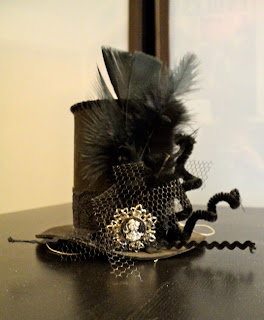I haven't done any cross stitch for a few years. I'm switched to hand embroidery, I feel you can be a little freer. And with the design already on the fabric is a lot neater, meaning not as much of a cluster of supplies as cross stitch. But in reality, it's just as much materials minus the paper chart. But now I'm just rambling.
On the the stitches!
Materials include:
Aida cloth
a small sturdy wooden embroidery hoop
blunt embroidery needle
small pair of sharp scissors
thread of different colors
Start off with the cloth nice and smug in the hoop. This helps keep the cloth taunt thus making it easy for the needle to enter the tiny holes.
Start on the back side, poking the needle up from underneath. Pull the floss all the way through, but making sure that you have enough of a tail to secure it so it don't pull completely through while stitching.
The holes in the cloth create square boxes, these are the boxes that you make in the same size X on.
Now to make sure that your floss doesn't pull out while you make your stitches, hold some excess floss (the tail), and when stitching make sure that you stitch over the tail, like so above.
To complete a proper cross stitch, poke the floss up through the hole directly above the last hole you poked the needle through. Then cross it over the the opposite hole parallel, pushing the needle through to the underside.
If doing a large block of color (several lines next to each other) do that area in that color like this.
When you are done with that block of color, the back of you work should look like this. It's kind of important that the back of your work is smooth so when you go to mount and frame your work it's nice and flat and not lumpy.
To finish off the row of stitches, poke you needle behind the back side row of floss to anchor it. Make sure that the floss is not visible on the front side, you don't want to poke through the cloth.
And once your floss is through the row, cut off the excess floss, neatly.
I hope that these steps were easy to follow. I also hope to do more tutorials like this in the future.




















































